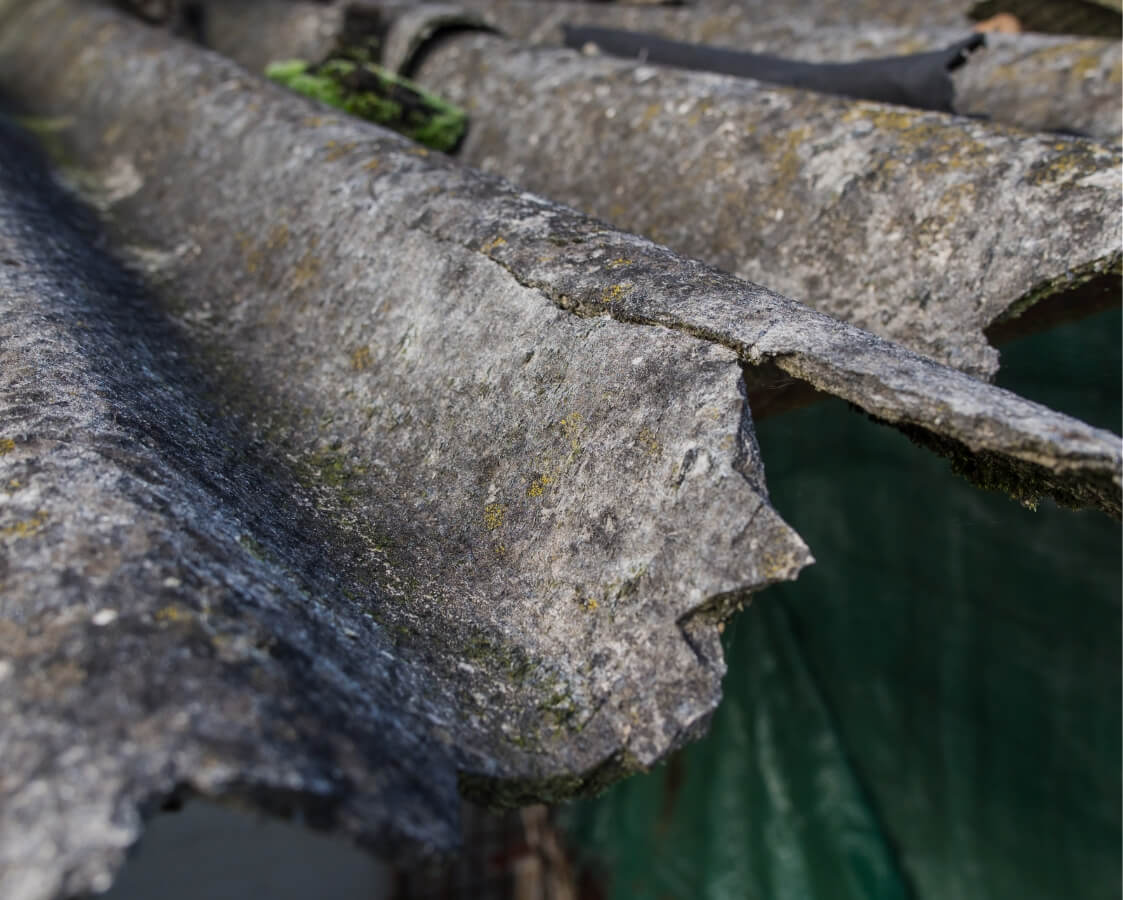Why Choose Safe Environments
- NATA accredited analysis to International and Standards
- Gravimetric and chemical analysis
- X-ray Diffraction (XRD) and Fourier Transform Infrared (FTIR) analysis
- Certified Occupational Hygienist available for further detailed analysis where required
- Sampling NATA accredited to ISO 17020 to determine compliance with exposure standards
Respirable Crystalline Silica & Health Effects
Silica is one of the most abundant compounds in the earth’s crust. While there are many forms of silicon dioxide, crystalline silica can pose a serious health hazard if the particles lodge within the inner lining of the lung.
Exposure to RCS commonly occur during all aspects of mining, construction and excavation activities. Large dust particles of crystalline silica will be generally coughed up, however particles which are much smaller, less than 16 microns will be able to reach the inner lining of the lungs.
Increased exposures of respirable crystalline silica may lead to:
- Chronic Obstructive Pulmonary Disease (COPD), kidney disease and pneumoconiosis scarring of the lungs known as silicosis.
- Scarring on the lungs will generally show up in a chest x-ray generally indicating pleural plaques, being an inflammatory reaction to the particles trapped in the lung. This may in term affect the gas exchange system of lungs, leading to reduced lung function.
- It has also been confirmed that Respirable Crystalline Silica may also lead to increased risk of lung cancer at relatively high exposures.

Australian Exposure Standard (ES) for Respirable Crystalline Silica
The Australian occupational exposure standards for Respirable Crystalline Silica as Cristobalite, Quartz and Tridymite is 0.05 mg/m3 as a time weighted average for an 8 hour day, 5 days a week. The exposure standards are based on epidemiological and toxicological data, however there will always be some interpersonal variability which is why health monitoring for people at increased risk is critical.
Analytical Methods
The two analytical methods for the measurement of crystalline silica are:
- XRD
- FTIR
FTIR is more prone to interferences and there is greater measurement uncertainty of about 30 to 40% because the scanning area is about 8 millimetres where there may be significant differences in the dust deposition on the filter. In comparison XRD uses the majority of the filter scanning about 20 millimetres in diameter the filter is also rotated which reduces the heterogeneity in measurement and consequently reduces the uncertainty.
The detection limits for FTIR and XRD can be comparable but XRD has the ability to adjust the scanning parameters by increasing the measurement time and thereby reducing the limits of detection this can be well below 5 ug.


